USA and Canada
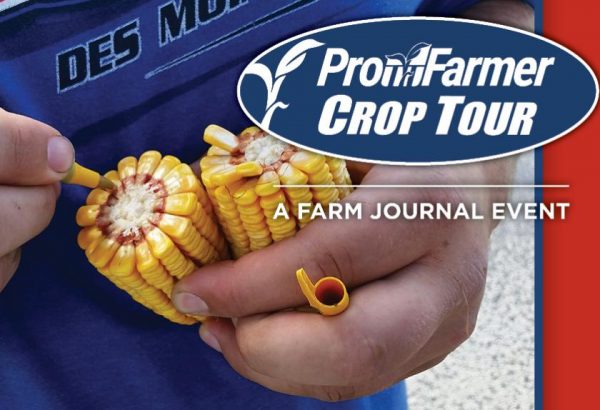
Highest Corn Yield Average Predicted for Indiana Ever?
Brian Grete was making his way through Illinois this morning on the eastern leg of the 2021 Pro Farmer Crop Tour, but his mind was on Indiana.
“It’s the best Indiana corn crop I’ve ever seen,” Grete told Davis Michaelsen on AgriTalk. “You don’t see quite the consistency there like in Illinois and Iowa, but boy, it looks really consistent this year. There is some pocketed dryness in the west-central parts of the state, but they’re sitting on a terrific crop if they can get it to the finish line,” adds Grete, Pro Farmer editor and leader of the eastern leg of the tour.
Pro Farmer scouts pegged the Indiana average yield estimate at 193.48 bu. per acre on Tuesday, compared to the 2020 estimate of 179.84 bu. per acre – a 7.6% increase.
Read More…
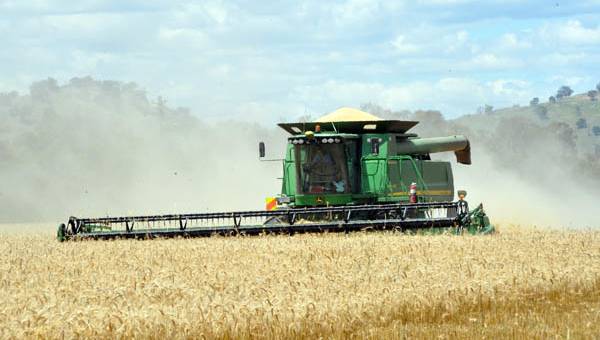
FARMERS ARE ASKING ABOUT 2022 PREPAY AND DELIVERY FOR CROP INPUTS
An agricultural inputs supplier says more farmers are trying to prevent a 2022 repeat of high crop input costs. Tony Grapsas with Jay-Mar in Plover, Wisconsin says, “We are getting people who are certainly asking about prepaying for fertilizer for next year.”
Grapsas tells Brownfield that the 2021 spring fertilizer and chemical prices continued to go up in price, including nitrogen, which typically gets cheaper as the summer rolls on. Grapsas expects prices to either stay steady or continue to go up until well after planting time next spring, including potash which is in short supply. “(There is) political tension over in Russia and Belarus where a lot of import tons come from.
Read More

App Aims to Add To Conversations Around Fertility Recommendations
For almost 10 years, Nutrien has provided the eKonomics tools to help retailers and growers have conversations around optimizing their agronomic decisions, and now the desktop tools are expanded to be available on a mobile app.
The four calculator tools are:
- Nutrient Removal Calculator
- Nutrient ROI Calculator
- Growing Degree Days Calculator
- Rainfall Tracker
“This is about having a conversation to dial in agronomics and factor in the economics,” says Robert Mullen, Nutrien Director of Agronomy. “The tool shows the economic result of a decision, and it really fosters a better conversation between the farmer and their retailer.”
Read More…
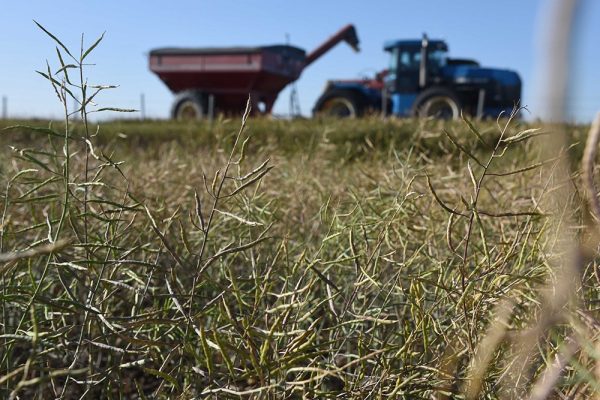
Harvest estimates paint a gloomy picture
Harvest has begun in Western Canada and along with it speculation about the size of this year’s crop, particularly in Western Canada.
Last week, Farmers Business Network Inc. (FBN), offered an inkling of farmer insight on what this year’s crop might look like in Western Canada with a survey. They asked growers in Canada’s three Prairie provinces to rate the yield potential of this year’s spring wheat crop.
More than 500 growers in Alberta, Saskatchewan and Manitoba were asked to rate this year’s crop on a scale from one to 10, with one representing the worst crop a grower had ever produced, five representing average, and 10 indicating the their best wheat crop ever.
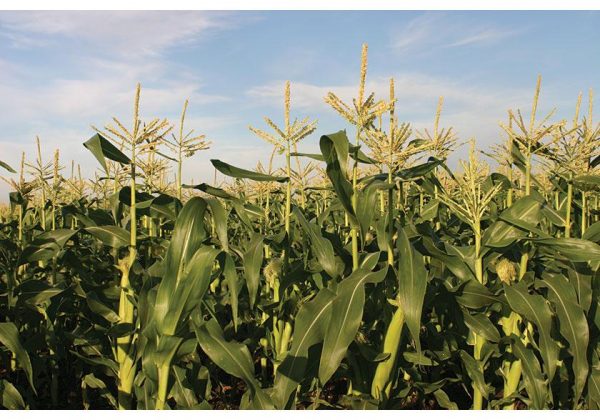
U.S. Weekly Crop Conditions Take a Hit, Catching Traders by Surprise
The 2021 Pro Farmer Crop Tour is underway this week, with scouts finding large crops in the Eastern Corn Belt, while the West is showing signs of dryness and more sporadic conditions on fields.
The week-long tour comes as USDA’s weekly gauge on crop conditions showed a decline in both soybeans and corn.
The latest USDA Crop Progress report put the corn crop this week at 62% good to excellent, marking a two-point drop from last week. Soybean conditions dropped 3% across the country, now sitting at 57% rated good to excellent.
Multiple states saw conditions ratings decline, including Nebraska and Iowa. The Eastern Corn Belt largely saw conditions continue to improve.
Read more…
New Zealand
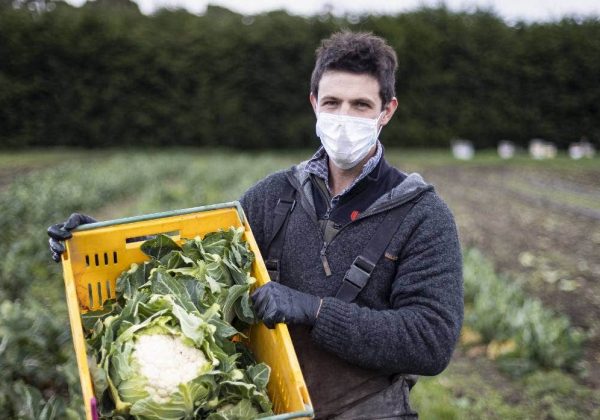
Vege box deliveries in high demand during latest Covid-19 lockdown
Cantabrians are ensuring they get their five plus a day in lockdown with the number of local vegetable box deliveries skyrocketing.
Untamed Earth Organic Farm director Oliver Platt said they had already seen an increase in online orders and most of their farmers market clients had switched to delivery.
The business had been operating for a year, growing vegetables on their Halswell and Leeston sites.
The business was swamped with online orders during last year’s Covid-19 lockdown and Platt believed that would happen again during the current lockdown.
Read More here…

Guy Trafford reports on the latest dairy auction, and reviews some recent market research showing more of household budgets are being spent on delivered food and trying meat alternatives
While we were distracted over the renewing of the lock-down, yet another GDT dairy auction took place. Just shows the world keeps ticking over regardless of the incidents that occur down here.
The results can be considered mixed yet again. Overall, the weighted results were up, however, within that the all-important WMP price has dropped yet again, this time by -1.5%, which makes the GDT price for WMP in $US falling by approximately -$800 per tonne since the recent peak back on 21st March of US$4,364, back now to US$3,552.
Read More here…
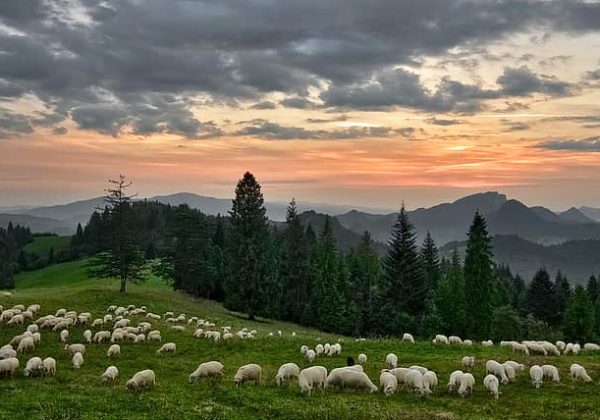
Guy Trafford laments the ongoing decline of the NZ sheep industry, pressured by climate change and related regulations, alternative livestock systems, and forestry, all despite Article 2 of the Paris Agreement
The news that the national sheep flock had fallen in numbers has come as no surprise. It is still disappointing to see an industry and animal that has done so much for New Zealand being whittled away.
Last year the drought in Hawkes Bay was given as the reason that region lead the reduction in numbers. This year the reasons given are more complex and perhaps longer lasting.
As with last year, hogget numbers took the greatest hit with the largest reductions being seen in Northland, the Waikato and the Bay of Plenty (-6.7%) and Southland (-7%). However, unlike last year ewe numbers had a drop this year as well.

Keith Woodford reminds farmers the price of carbon is determined by Government. There lies the risk for carbon farming
Two recent articles of mine have explored the economics of carbon farming on land that is currently farmed for sheep and beef. Those articles showed that, if financial returns are what matters, then at current carbon prices the development of permanent forests for carbon credits provides significantly higher returns than sheep and beef.
My focus there was on the close to three million hectares of North Island farmed hill country, but a similar situation exists in considerable parts of the South Island. One big exception is the Canterbury Plains, where history shows that shallow soils plus norwest wind storms wreak periodic havoc to forestry operations.
Those findings on the apparent economics of forestry lead to a series of other questions. First, how reliable is this carbon market? Second, what are all the other important things apart from simple economics that need to be considered?
Read more here…
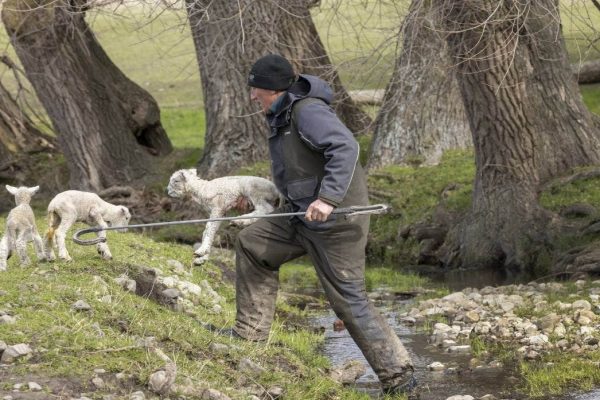
Covid-19: No let up on lambing during lockdown
With newborn calves and lambs populating the paddocks, farmers are continuing to work through one of the busiest times of year.
In North Canterbury lockdown has changed little for Brent Donald, as he reaches the middle of lambing season.
About1500 sheep will be giving birth on his 1000-acre mixed farming property at Balcairn.
Donald said while the lockdown would not change anything on farm, supply and shipping costs for importing and exporting had increased since the beginning of the pandemic, and he was concerned that they would keep rising.
Read More here…
Australia
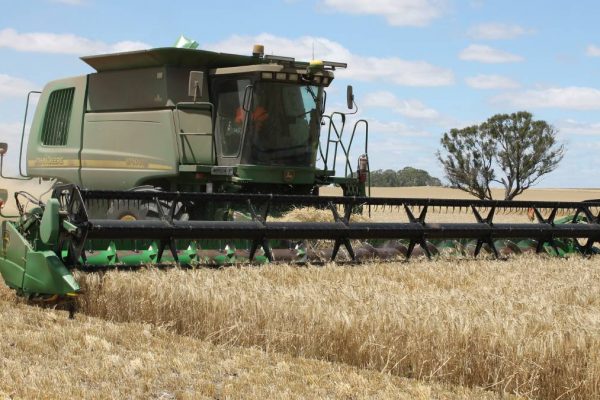
Cutting down on grain losses at harvest
WITH grain prices at record highs the last thing growers want to do is leave a valuable asset in the paddock after harvest.
Grains Research and Development Corporation data has found that as much as $75 a hectare can be lost in canola crops and $52/ha in chickpeas due to the grain not making it into the box at harvest time.
Given the record prices on offer this year with the same amount of losses as usual that figure will rise even higher.
To ensure harvest grain losses are kept to a minimum the GRDC has set up a series of grain harvester setup workshops through Queensland and NSW.
Read more here…
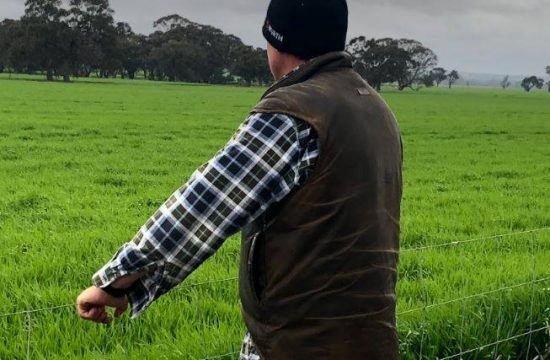
Big numbers for Aussie crop
CROP forecasters are ramping up their projections for the upcoming Australian harvest.
Ikon Commodities last week came out with an estimated Australian winter crop of in excess of 50 million tonnes, the second year in a row the crop will crack the magical 50m tonnes figure.
The Ikon team pointed to strong growing season rainfall through Australia’s major two grain growing states, WA and NSW as the major catalysts for the bullish outlook.
And the 50m tonne mark is not necessarily the top possible yield.
Read more here…
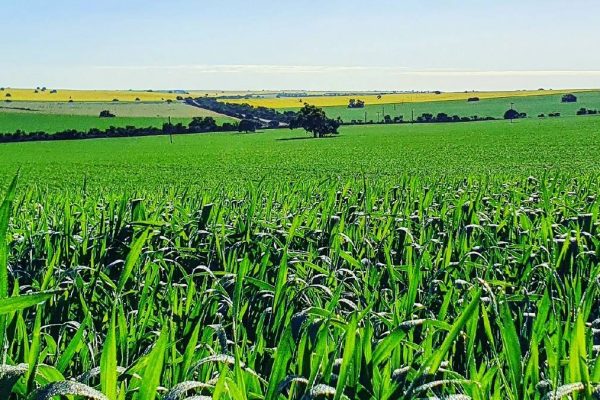
WA harvest likely to be more than 20 million tonnes
IN a year of unprecedented events, first-ever occurrences and history-breaking feats, the WA grain harvest has been tipped to set its own record, with the Grain Industry Association of Western Australia (GIWA) last week predicting just over 20 million tonnes for the 2021 season.
According to the GIWA August Crop Report, based on current crop growth, timing of crop development, sub-soil moisture and the area planted, there is significant upside potential.
However, crop tonnage estimates rarely increase from this time of the year as unfavourable climatic events and other risks can substantially reduce the final outcome.
Read more here…
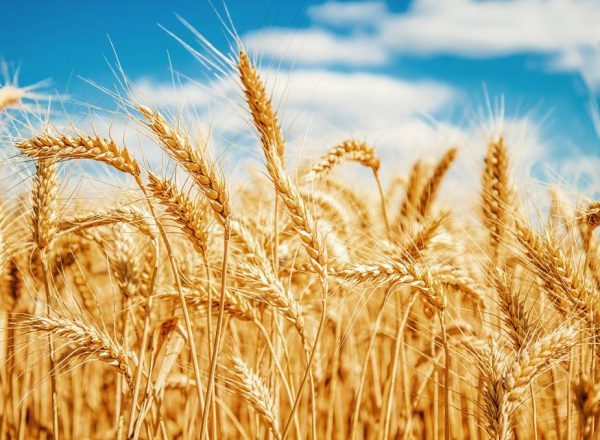
Prices rise sharply as global production falls
New crop ASX east coast wheat futures jumped $17 to $345 a tonne as global markets surged higher on the larger than expected cuts to global wheat output.
Respected grain analysts were expecting the USDA to lower world wheat production estimates in its monthly world supply and demand estimates, but the extent of the reductions came as a surprise.
The single largest reduction was in Russia where 2021-22 wheat production was cut by a whopping 12.5 million tonnes, or 15 per cent, to 72.5mt. Lower winter wheat yields and a series of thawing and refreezing events earlier in the year, referred to as ce crusting, which reduced the harvested area, triggered the large revision in Russia’s wheat crop, USDA said.
Australian wheat production was lifted by 1.5mt to 30mt with the favourable weather.
Read more here…
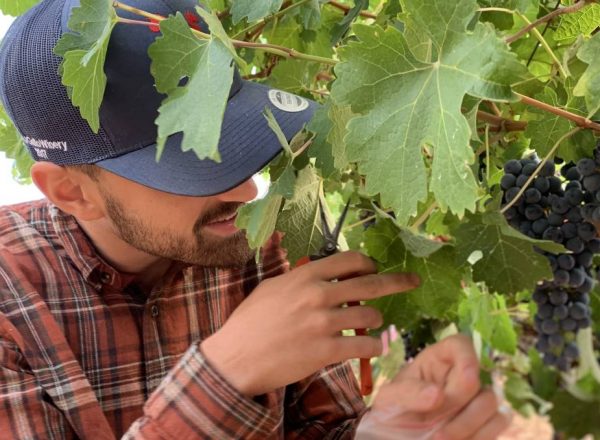
Slowing the sugar rush to yield better grapes
IRRIGATION management is one of the tools being explored to help control the accelerated rate at which grapes ripen due to a changing climate.
In a new study published in the Journal of Agricultural and Food Chemistry, researchers from the University of Adelaide found it is possible to increase the flavour potential of Cabernet Sauvignon grapes by slowing down the ripening process with strategies including crop load manipulation and irrigation management.
Faster ripening of grapes in warmer climates can can result in poor colour and aroma development.
Lead author Pietro Previtali from the University of Adelaide‘s School of Agriculture, Food and Wine, said advanced maturation due to warmer temperatures is a key issue for grape growers in most wine regions worldwide and especially in warm and dry areas such as Australia and California.
Read more here…
South America
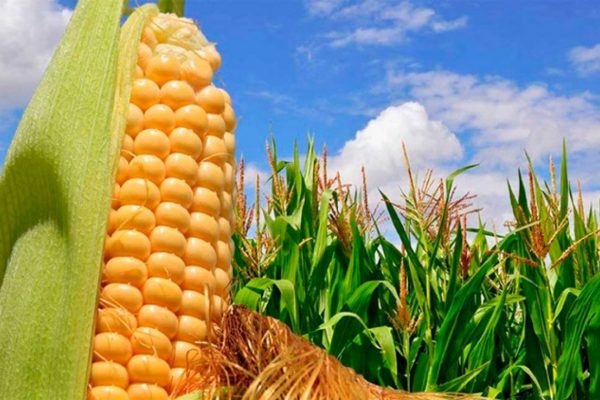
Corn replacing soybeans as the main crop for Argentine farmers
Argentine farmers are expected to sow more corn than ever this season, while soybeans will fall to an all time 15-year minimum because of the export policy of the current administration and the lack of the regulatory framework for genetically modified, GM, seeds.
This last season Argentine corn production surpassed Brazil, victim of a severe drought, and became the world’s second exporter of corn, behind the United States. However regarding soybeans of which Argentina remains the main global supplier of soy flour, the planted area has been falling because of the slow promulgation process of the Seeds Law which implements the payment of royalties for the use of soy genetics, crucial for productivity and addressing ever more common droughts.
Read More here…
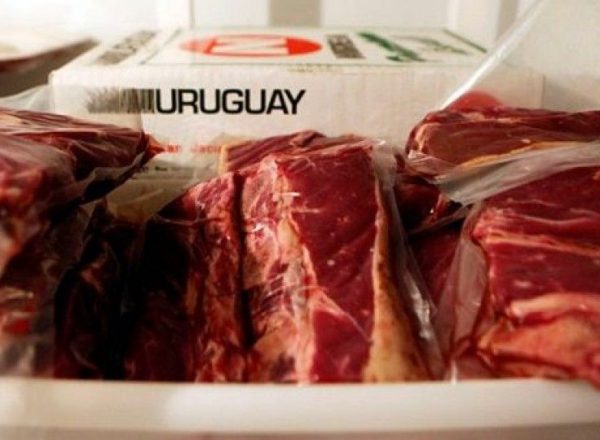
Hong Kong emerges as destination of meat exports from Paraguay, Uruguay
While Uruguay’s National Meat Institute (INAC) eyes China, Saudi Arabia and Hong Kong as the clients to target, the latter has already recorded an increase of 13% in both volume and revenues in purchases from Paraguay, according to a Central Bank (BCP) report released this week.
An INAC report showed Uruguay was a marginal supplier of beef and poultry meat to the world and recommended sales be aimed at those three potential buyers to increase performances.
According to data from July this year, Hong Kong has become the seventh largest destination for Paraguayan meat.
The INAC document also calls for improvements in the access to international markets to bolster the development of the domestic poultry meat chain.
Read More here
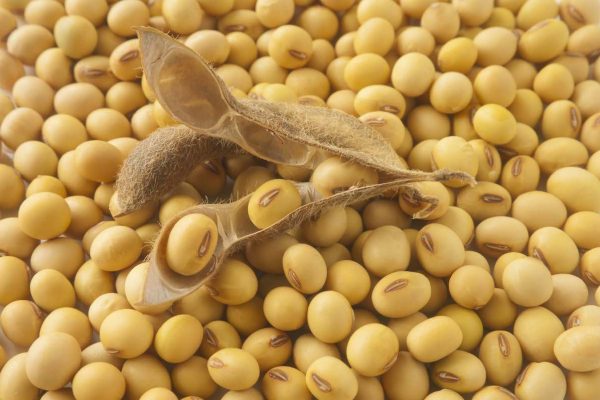
Argentina’s 2020/21 soy sales reach 27.3 million tons, government says
RIO DE JANEIRO, BRAZIL – Argentina’s farmers have sold 27.3 million tons of the recently harvested 2020/21 soy crop, the country’s Agriculture Ministry said Tuesday in a report with data updated through August 11. The pace of sales is still below what was recorded in the same period last year, when 29.4 million tons were sold, according to the Ministry of Agriculture.
Argentina’s 2020/21 soy harvest in June closed with an output of 43.5 million tons, according to the Buenos Aires Grains Exchange. The figure represents a drop from the 2019/20 season
Read more here
Food Updates
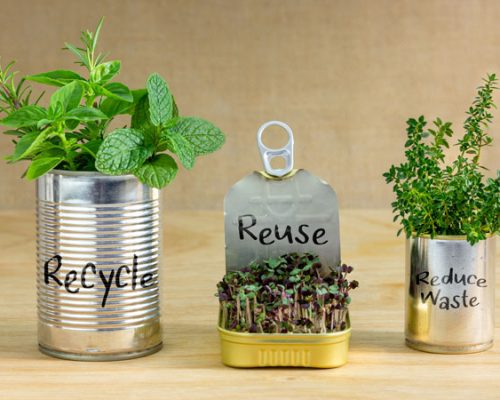
Ingredient upcycling
Jaclyn Bowen explains how some food manufacturers are saving money and the environment through ingredient upcycling.
The Food and Agriculture Organization of the United Nations’ (FAO) assessment of global food losses and waste estimated that each year, one-third of all food produced in the world for human consumption never reached the consumer’s table. This not only means a missed opportunity for the economy and food security, but also a waste of all the natural resources used for growing, processing, packaging, transporting and marketing the food. In fact, the World Resources Institute estimates that if food waste was a country, it would be the third largest greenhouse gas-emitting country in the world.
However, a new food trend is poised to change the status quo, affording food manufacturers an avenue with which to save money on ingredient sourcing and food marketers a means to communicate their food waste diversion efforts to consumers, all while reducing greenhouse gas emissions.
Read more here…
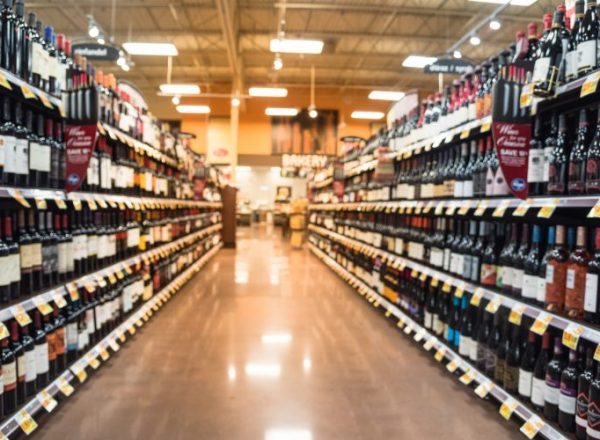
US alcohol sales increased by 20 percent during early stages of pandemic
The researchers used alcohol retail store sales data of beer, wine, and liquor store (BWLS) purchases from January 1992 to September 2020 from the Monthly Retail Trade Survey, which provides sales estimates at retail and food services.
Read more here…
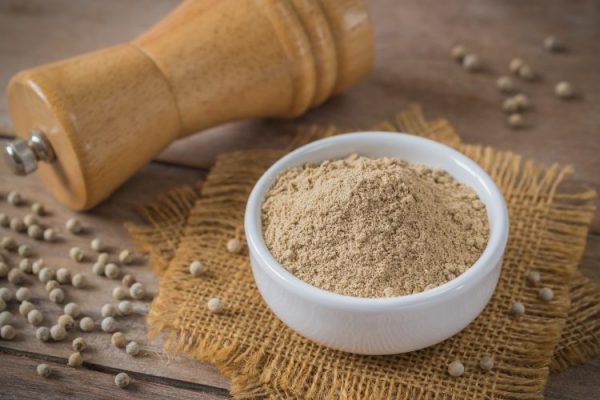
Bia Analytical adds white pepper testing capability to combat food fraud
White Pepper, much like Black Pepper is made from the berries of the pepper plant, originating in India and cultivated in many other tropical regions. Although derived from the same plant, White Pepper comes from berries that are picked at full ripeness then soaked in water leading to fermentation. The outer layer is then removed.
Read more here…

Sugary children’s yoghurts “misleading”, according to Action on Sugar
Action on Sugar is calling for food manufacturers to “act more responsibly” in the way they market yoghurts high in sugar, which are often aimed at children.
More than half of yoghurts marketed towards children contain more than the recommended daily intake for added sugar, with some containing more than five teaspoons of sugar, according to researchers from Action on Sugar based at Queen Mary University of London.
New data analysis (which surveyed 100 children’s yogurts) has revealed one in 20 (five percent) of products which featured cartoon animations, characters and designs deliberately to target children were rated low (green) in sugar. 63 percent of all yogurts provide a third or more of a four to six-year old’s maximum daily intake for added sugars (19g) per serving.
Read more here…
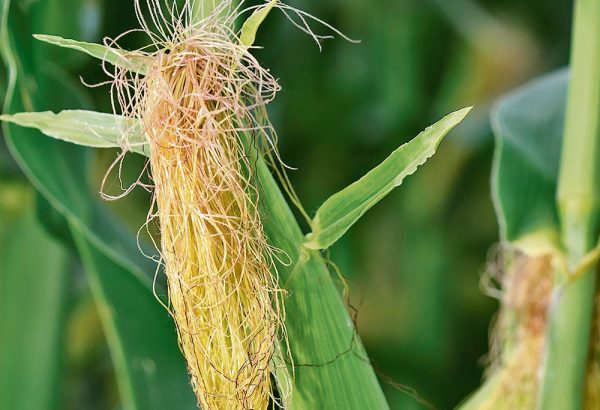
Ontario researchers find positives to corn silks
“Natural selection may have put in a biome and beneficial bacteria in the silk,” Raizada said.
The discovery of this microbiome in corn silk may help improve breeding and farming practices.
Raizada said another impact of this discovery has to do with harmful fungal infections. Specifically, the fungus fusarium.
Read more here…


